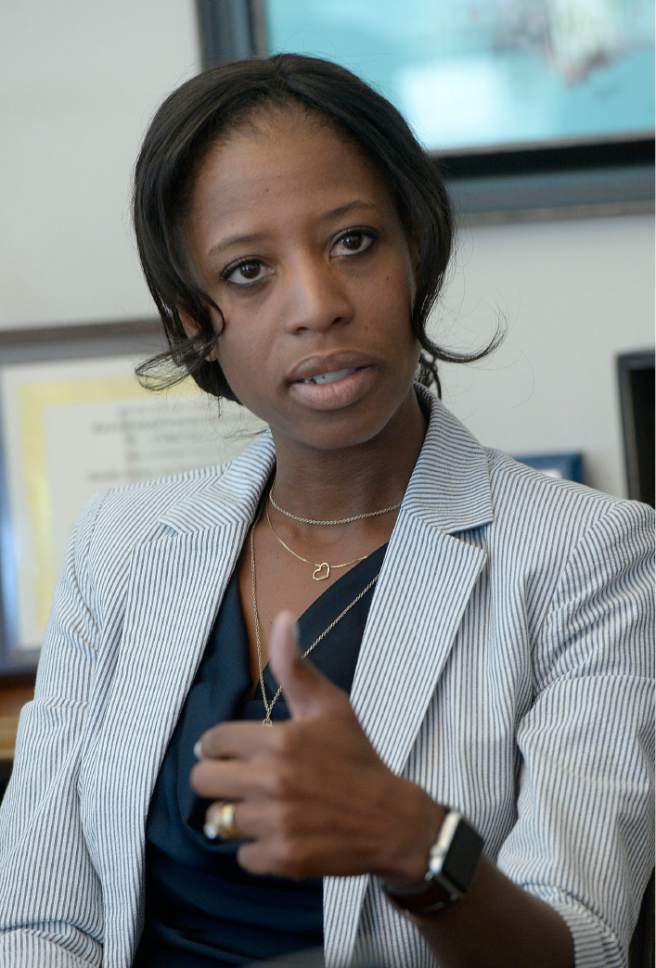This is an archived article that was published on sltrib.com in 2016, and information in the article may be outdated. It is provided only for personal research purposes and may not be reprinted.
Over the course of the past two years, I have had the opportunity to listen to thousands of Utahns from all walks of life. These are young college students, small business owners, middle-class families and retirees reliant upon Medicare. I have felt the anxiety of countless constituents who lie awake at night wondering how they could recover financially from a visit to the hospital. I am buoyed up by the resilience, determination and courage of those whose lives have been affected by chronic disease, serious injury or unexpected illness. These are uncertain times for all Utahns, and we can do better.
What good does our nation's high standard of medical care do if those who need it most, are never served by it? Solving this issue, is one that will not be accomplished overnight, but incremental improvements are possible. When I ran for Congress, it was because I wanted to be part of the solution. While I have worked with my colleagues to repeal the ACA, especially the most destructive provisions, I have not waited to act on other health care issues important to Utahns. I do not pretend to have all of the answers, but I have been working to improve access to health care for all Utahns. Three areas on which I have focused include: (1) community health centers; (2) graduate medical education; and (3) long-term structural reforms to Medicare and Medicaid.
I have joined colleagues from both parties in supporting appropriations for community health centers, and will continue to do so. Preventative medicine is the most effective, and most economical medical treatment. Sadly, only about half of the nation avails themselves of regular check-ups and preventative measures because they simply cannot afford it. According to the CDC, chronic diseases such as diabetes, heart disease and cancer account for 75 percent of our nation's health care spending. Early detection will not only improve one's chances of surviving these diseases, but will also reduce the cost of health care. Community health centers provide services usually on a sliding scale, and are situated closest to those communities who need it the most. I am proud to have advocated for funding for a new clinic in West Valley City.
Our state and nation face a physician shortage. Despite having a world-renown cancer treatment facility, and one of the top-ranked medical schools in the nation, we simply cannot graduate enough physicians to keep up with demand. We have eager, bright students here in Utah who want to come to the University of Utah for their training, but the number of graduate medical education (GME) slots is capped. I have introduced bi-partisan legislation that would free up additional GME slots for schools like the University of Utah.
Lastly, I was proud to join with my colleagues from both parties and vote for H.R. 2 — "Medicare Access and CHIP Reauthorization Act of 2015." This legislation made much needed long-term structural improvements to Medicare to strengthen the program for Utah seniors, reauthorized the Children Health Insurance Program, commonly known as CHIP, as well as eliminate an inefficient doctor reimbursement program. This bill passed with overwhelming majorities in the House and Senate and was signed by President Obama.
These are just three examples of ways that I am trying to honor my commitment to all constituents. We are most productive when we can work together across party lines, and we have an obligation to do so.
Rep. Mia Love represents Utah's 4th Congressional District.



